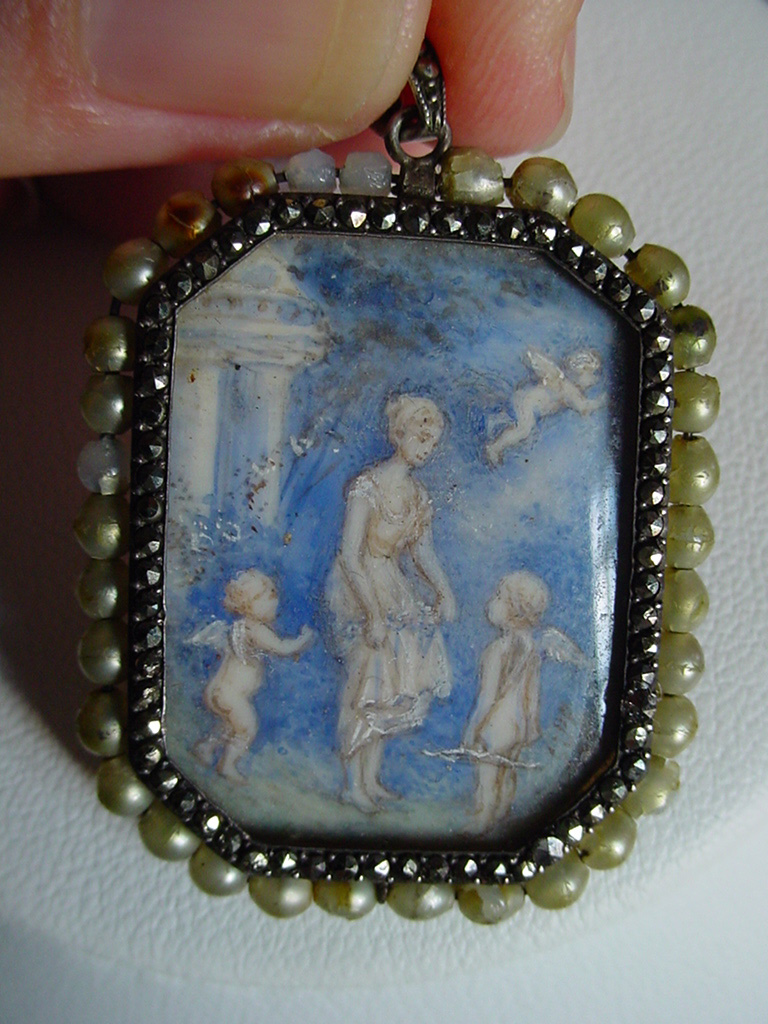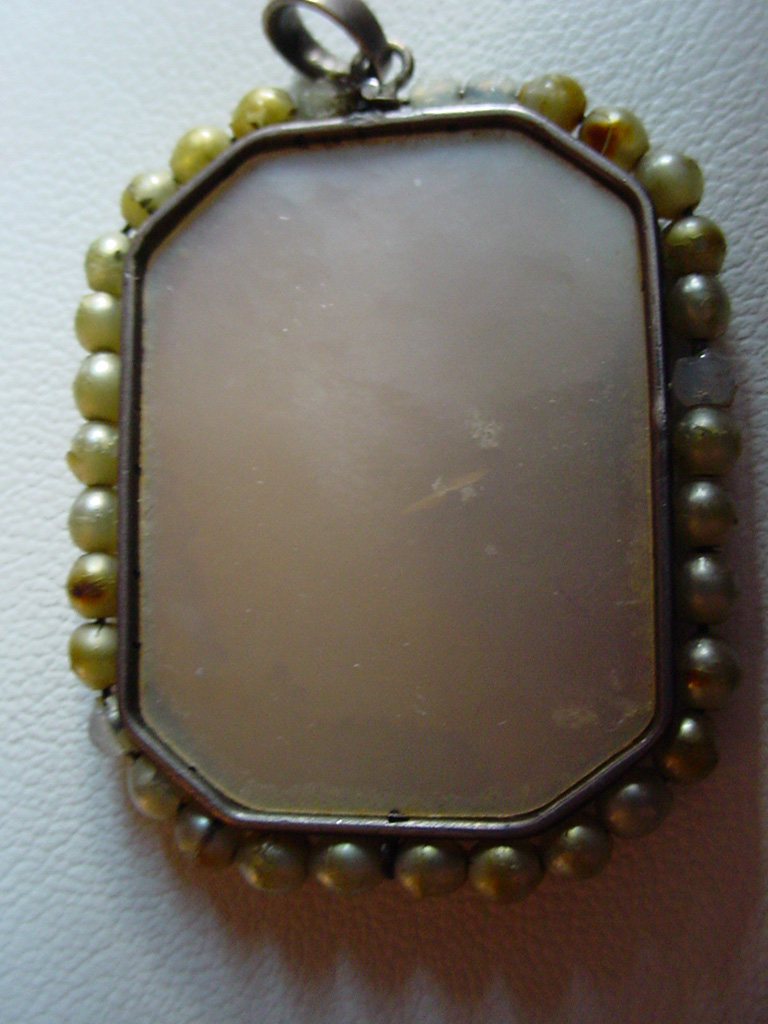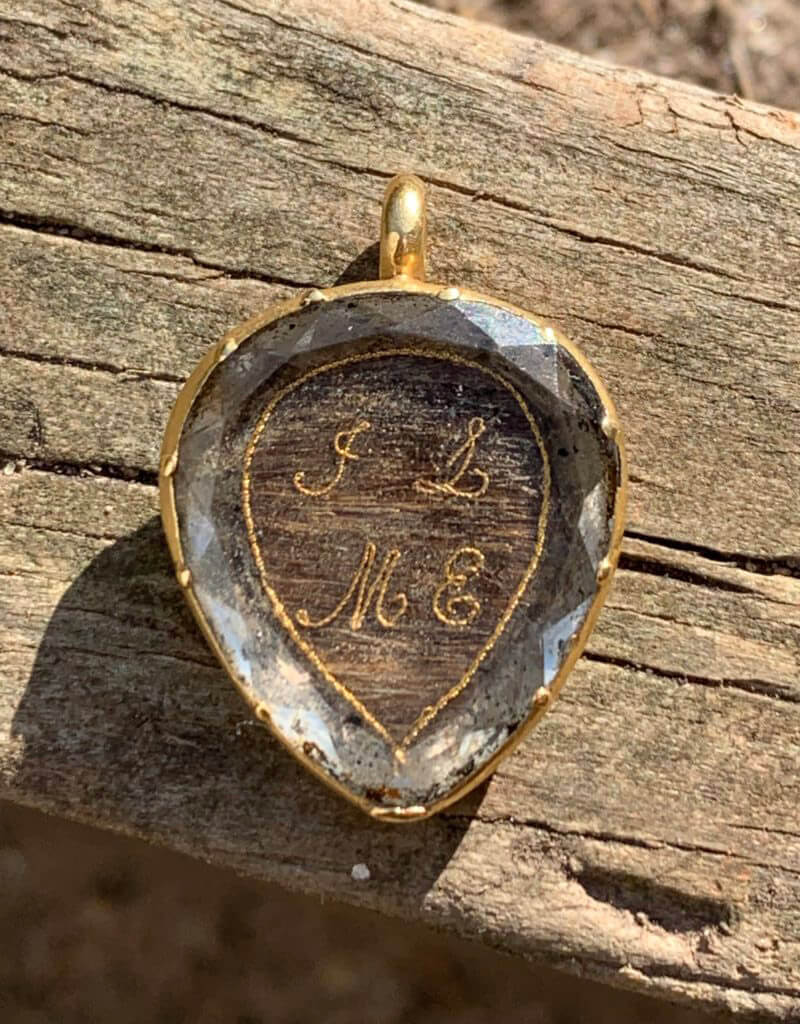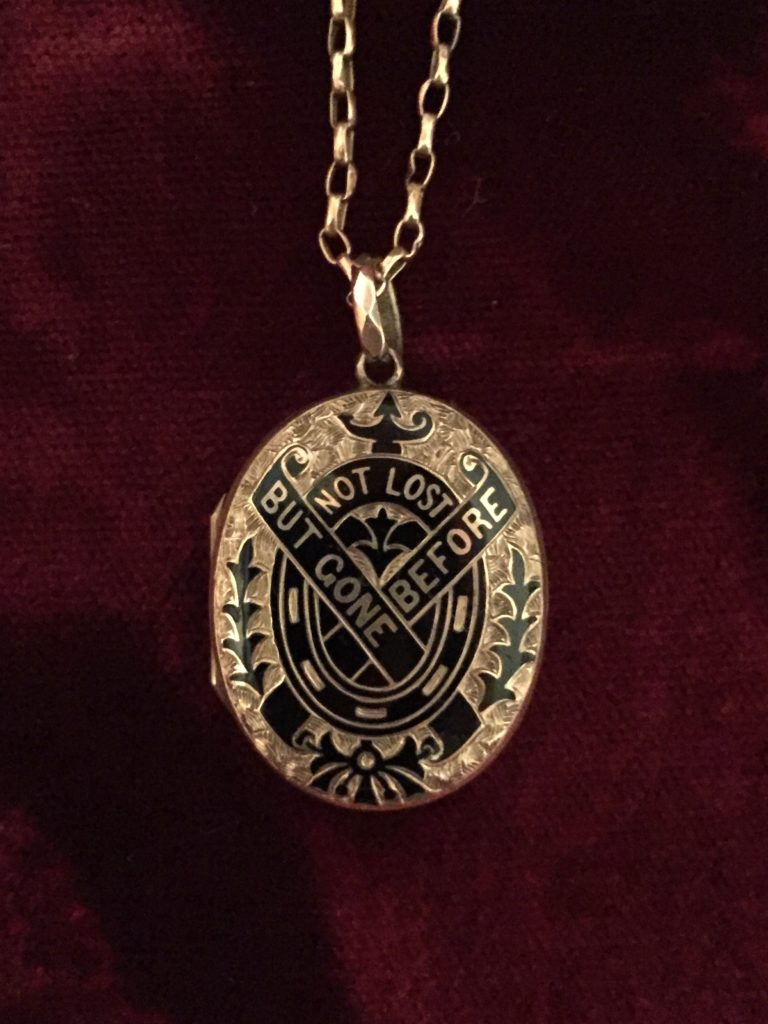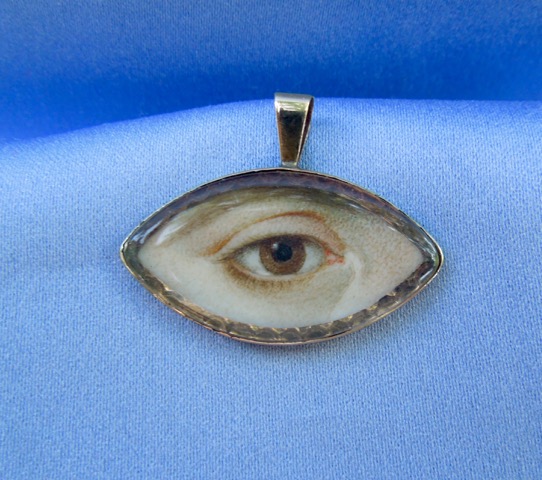Neoclassical Influences on Later Jewellery
With the high level of accessible and affordable travel in the early 20th century, there was a rise in sentimental tokens being produced in high quantities to be given to loved ones while travelling, or bringing home as a remembrance of the voyage. Combined with the new Romantic movement that looked towards the 18th and early 19th centuries, many jewels were reproduced to represent those that had come before.
Various levels of quality reflect these jewels, with new methods of production and transit leading to higher mobility between cultures for their global population. Establishing these production methods created standardised love token representations that are still relevant today. The Neoclassical representations of love and affection, in this case cupid with the bow and the cherubs, with the temples and different displays of the female, underpin modern jewellery based around sentimentality. Indeed, even cameos can be identified to their era by the contemporary hair and fashion styles. Here, we have a lady displaying her ankles and raising her skirt, with low-cut bustling and tied hair. The poorly defined floral elements flank her, but attention has been given to her costume’s lace.
Marcasite was a popular element of jewellery in the early 20th century, moving its interpretation from being a diamond substitute to becoming a popular element in its own right. You can see this used as the border of the piece. Surrounding this are faux pearls, with the damage to the north of the piece.
Identification can be an issue for many of the jewels produced during the early 20th century. With the Romantic period using many of the early 19th century elements of love and affection, so many pieces that would not seem in fashion were created during a time when emerging art forms, such as the Arts and Crafts / Art Nouveau development, dominate the perception of the time. Love and sentimentality didn’t change overnight since Queen Victoria’s death, but evolved with fashions that certainly did look more organically to the world around. This piece shows an adaption of the old and the new, but still tells a tale of love.
Mourning and sentimentality are cultural as much as they are personal. The ways in which death and love are represented have more to do with how a person wishes to represent their value system in public. Through the 20th century and its high cultural mobility, singular mourning and sentimental beliefs are cross-pollinated. With one of the few catalysts for a public display of love or grief being a message which is conveyed by the highest level of media. This influence for change by the media and its display of a tragic event or fashion can influence the lives of those who have access to that media. This can throw cultures into a dominate style or concurrent mindset on a broader scale than a traditional culture that has carried on its core system of beliefs since early-modern times.
Because of this, the symbols that were revived and those that remained through the late 19th century are the ones we identify with today as being the symbols for mourning and sentimentality. Those that had fallen behind, such as the use of hairwork, are approached with modern mindsets that may consider wearing hair to be morbid, whereas it was a fashionable material for its time.




